Researchers are assessing the impact of climate change on cultural heritage as part of a large European initiative. During the three years Triquetra Project, they will develop strategies to protect sites ranging from prehistoric dwellings in Germany to an ancient underwater city in Greece. At the end of the project, other heritage experts could benefit from tailor-made solutions to protect their own sites.
Climate change threatens cultural heritage like never before. Increasingly frequent sandstorms are burying carefully excavated Babylonian treasures in Iraq, while archaeological sites near Mediterranean coasts are being eroded by raging storms. In July, Greenpeace warned that heavy rains and humidity fluctuations were putting ancient Buddhist murals at Mogao Caves, a UNESCO World Heritage site in China’s Gansu province, at risk.
Underwater heritage is particularly threatened by changes in water currents and changes in the chemical composition of the oceans, explains Edouard Planche, underwater heritage expert at UNESCO. The arts journal. Due to rising sea levels, he adds, other archaeological sites will likely follow the ancient Roman city of Baia, near Naples, which was swallowed up by the Mediterranean Sea between the 7th and 8th centuries. century after its descent when the underground magmatic cavities emptied. The site can now be visited by divers.
“The effects of climate change are already evident around the world, with mega-fires, large floods and intense temperature changes,” says Charalampos Ioannidis, director of the Triquetra project. “It was very important to launch the project now. »
Triquetra, which received almost 4 million euros under the EU’s Horizon Europe programme, went live in January and will continue until the end of 2025. It includes 21 partners in seven countries (Austria, Cyprus, Germany, Greece, Italy, Poland and Switzerland), including universities and ministries of culture. Researchers are monitoring eight pilot sites in underwater, coastal and continental areas, including a Roman villa built by Emperor Augustus, the underwater city of ancient Epidaurus from the 12th century BC in Greece and the underwater remains sailors in prehistoric houses on stilts in Lake Starnberg in Germany.
Three-step process
No previous cultural heritage monitoring project has covered such a wide range of geographic contexts, says Salvatore Martino, a geologist at Sapienza University of Rome who works at a pilot site in Ventotene in Italy. However, the different sites are linked by a common thread. “There is a Red stringbecause each site is strongly affected by water in its different forms,” explains Martino.
Named after the triangular pattern of knotted arches that often decorates medieval architecture, the project draws on a three-step methodology. Researchers first identify specific threats to heritage from climate change, before quantifying the severity of these threats and, finally, proposing mitigation measures.
They do this by leveraging a range of cutting-edge technologies, including space satellites, hydrological studies, multispectral sensors, multibeam sonars and laser spectroscopy. “We experimented with new combinations of technologies,” says Martino. “Some individual sensors are not innovative in themselves; on the other hand, their combination with other technologies certainly is.
Researchers will be guided by a specially created Decision Support System (DSS), a digital platform to design tailor-made mitigation measures for each site. During this time, they will record information about their sites and search a database, where it can be freely accessed by other cultural heritage experts. The DSS will also be freely accessible and its scope could eventually be extended to other heritage sites.
A number of other international projects are monitoring the effects of climate change on cultural heritage, with the EU, the world’s third largest emitter of greenhouse gases after China and the United States, funding nine of these projects for a total of 32 million euros last year. “By working together, EU member states can pool resources and share knowledge and expertise, becoming leaders in the fight against climate change,” said Johannes Barhke, EU spokesperson. responsible for coordinating research and innovation.
Countries are increasingly looking for collective solutions to protect cultural heritage. Last summer, seven countries – Algeria, Croatia, Egypt, France, Italy, Morocco and Spain – joined forces with Tunisia to study the underwater heritage of the Skerki Bank. , an area of the Tunisian continental shelf where hundreds of ships have been wrecked in the past. 3,000 years old. This is the largest and most ambitious international mission concerning underwater cultural heritage ever carried out under the auspices of UNESCO.
Managing political differences in the Tunisian project has sometimes been difficult, admits Edouard Planche of UNESCO. However, the country has benefited from the experience of Italy, Croatia and Egypt in underwater archaeology, he says, while France has provided underwater robots to map the underwater heritage without requiring diving.
The Triquetra project also brings together a number of countries that are not obvious political partners. For example, Poland’s nationalist Law and Justice party, which is expected to win national elections on October 15, has clashed in recent months with the EU over its migration policy, while the EU has criticized Poland for its alleged erosion of the rule of law.
Bahrke believes, however, that the project could bring the participating countries closer together politically. “When countries work together to solve problems like climate change, they learn to overcome challenges together, reducing barriers and building trust,” he says. “It makes them more likely to work together on other issues.” »
Eight European heritage sites threatened by climate change
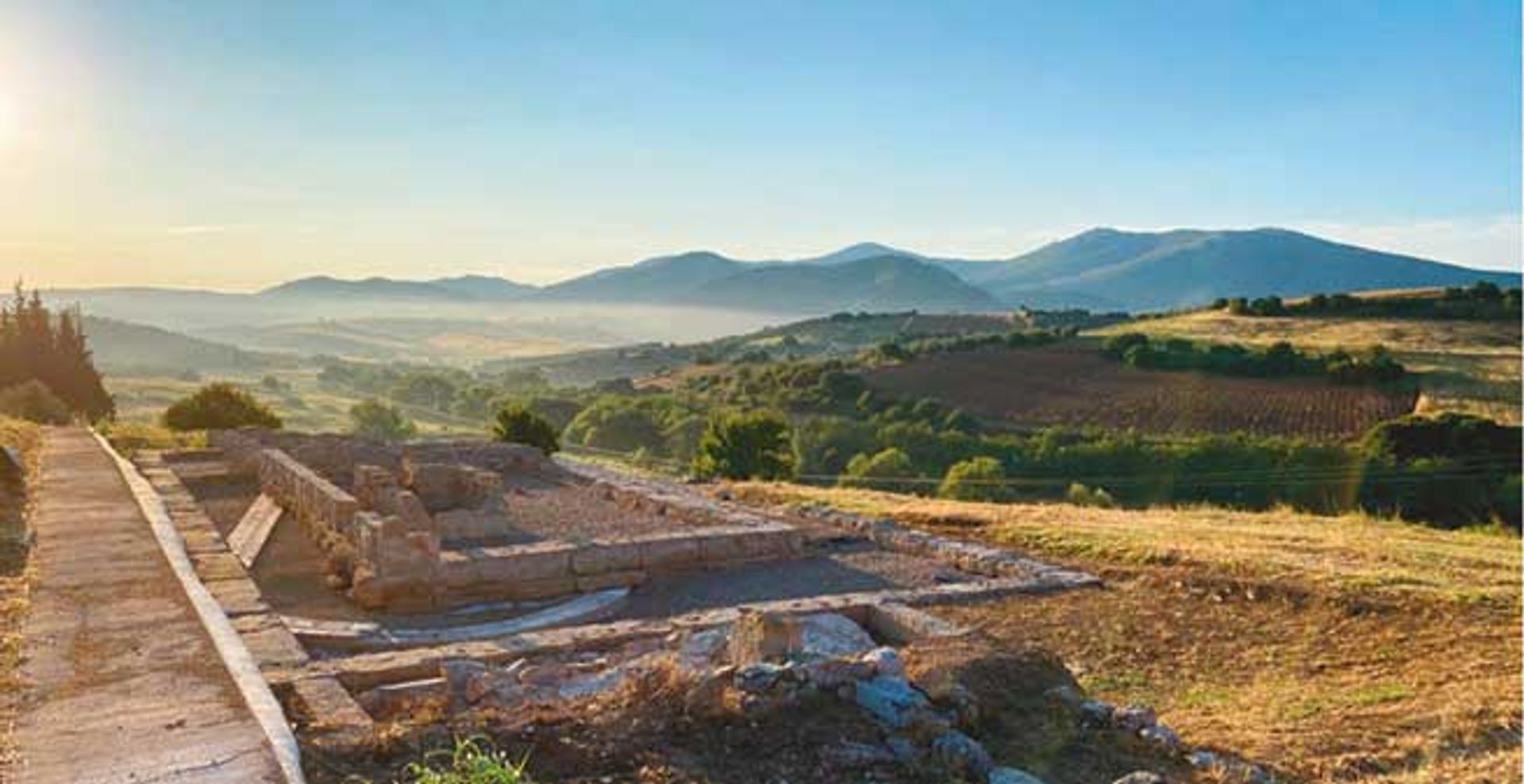
Courtesy of the Triquetra Project
Kalopodi, Greece
The city of Abae, in the ancient Greek state of Phocis, was known for its oracle of Apollo which even the invading Persians consulted. Since archaeologists began unearthing two temple complexes in the 1970s, winter storms and frost have damaged the buildings’ vulnerable structures.
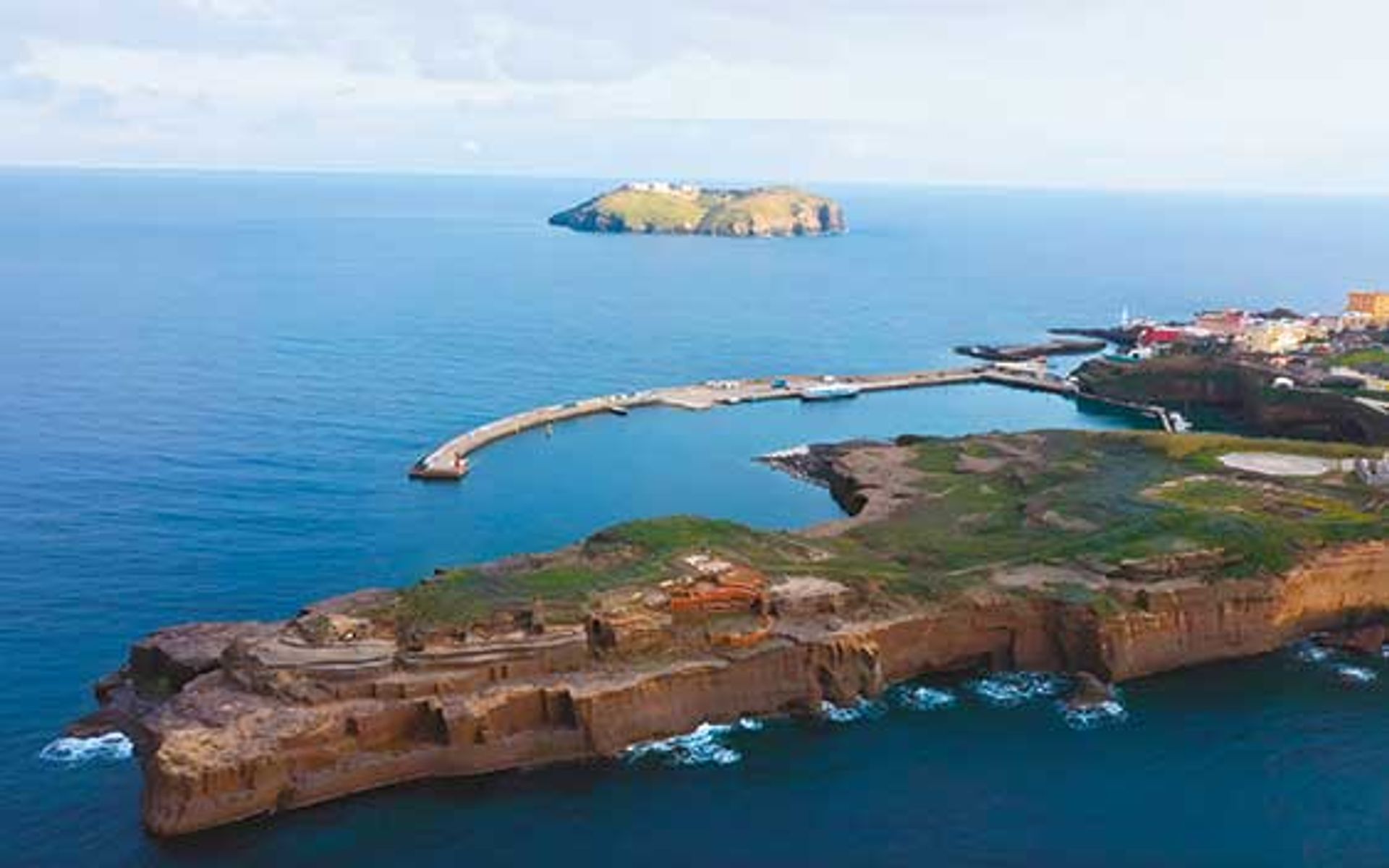
Courtesy of the Triquetra Project
Ventotene, Italy
Rulers from Roman emperors to Mussolini exiled their political opponents to the isolated island of Ventotene in the Tyrrhenian Sea. Today, researchers are monitoring the effects of storms and climate variations on what remains of Villa Giulia, a sumptuous residence built by Augustus in the first century AD.
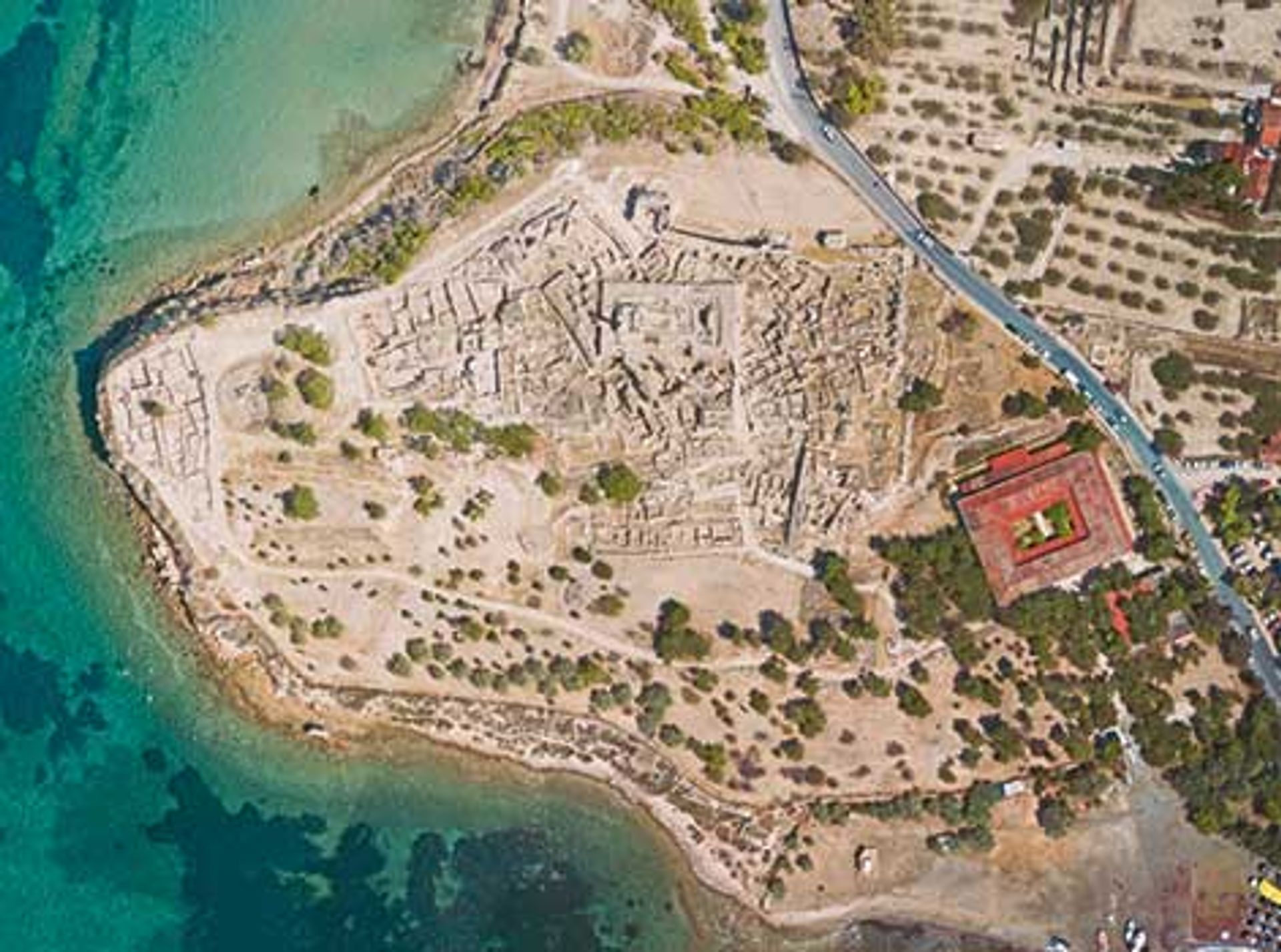
Courtesy of the Triquetra Project
Aegina Island, Greece
The island of Aegina, in the Saronic Gulf, was a major trading hub during the Aegean Bronze Age. During excavations of a prehistoric habitat that began in the late 19th century, an archaeological site on the island was eroded by storms and surging waves exacerbated by maritime traffic.
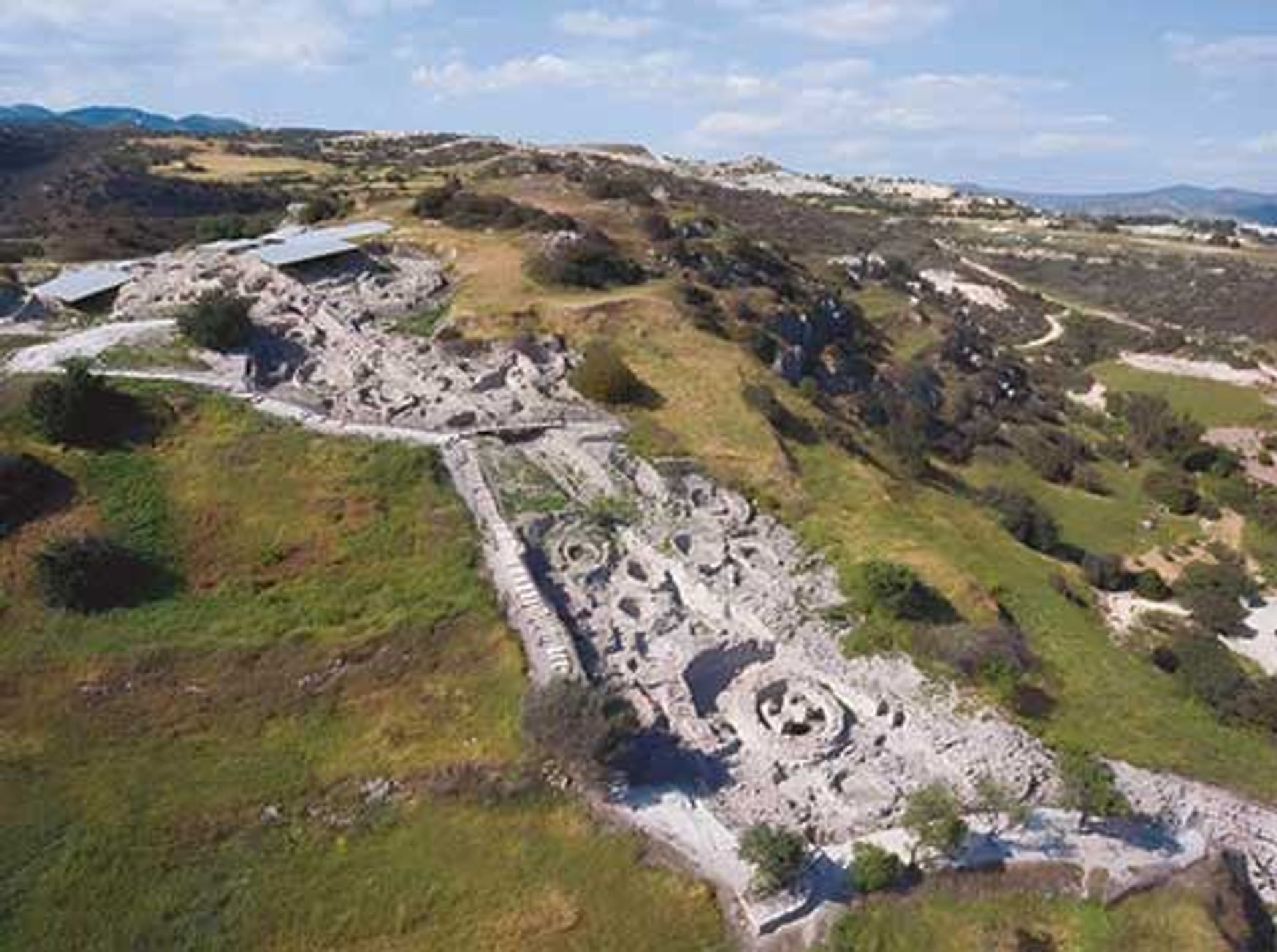
Courtesy of the Triquetra Project
Choirokoitia, Cyprus
Listed as a UNESCO World Heritage Site, Choirokoitia is one of the best preserved Neolithic sites in the Mediterranean. However, the ancient city located in the valley of the Agios Minas River, about 6 km from the coast, is threatened by landslides, earthquakes and erosion.
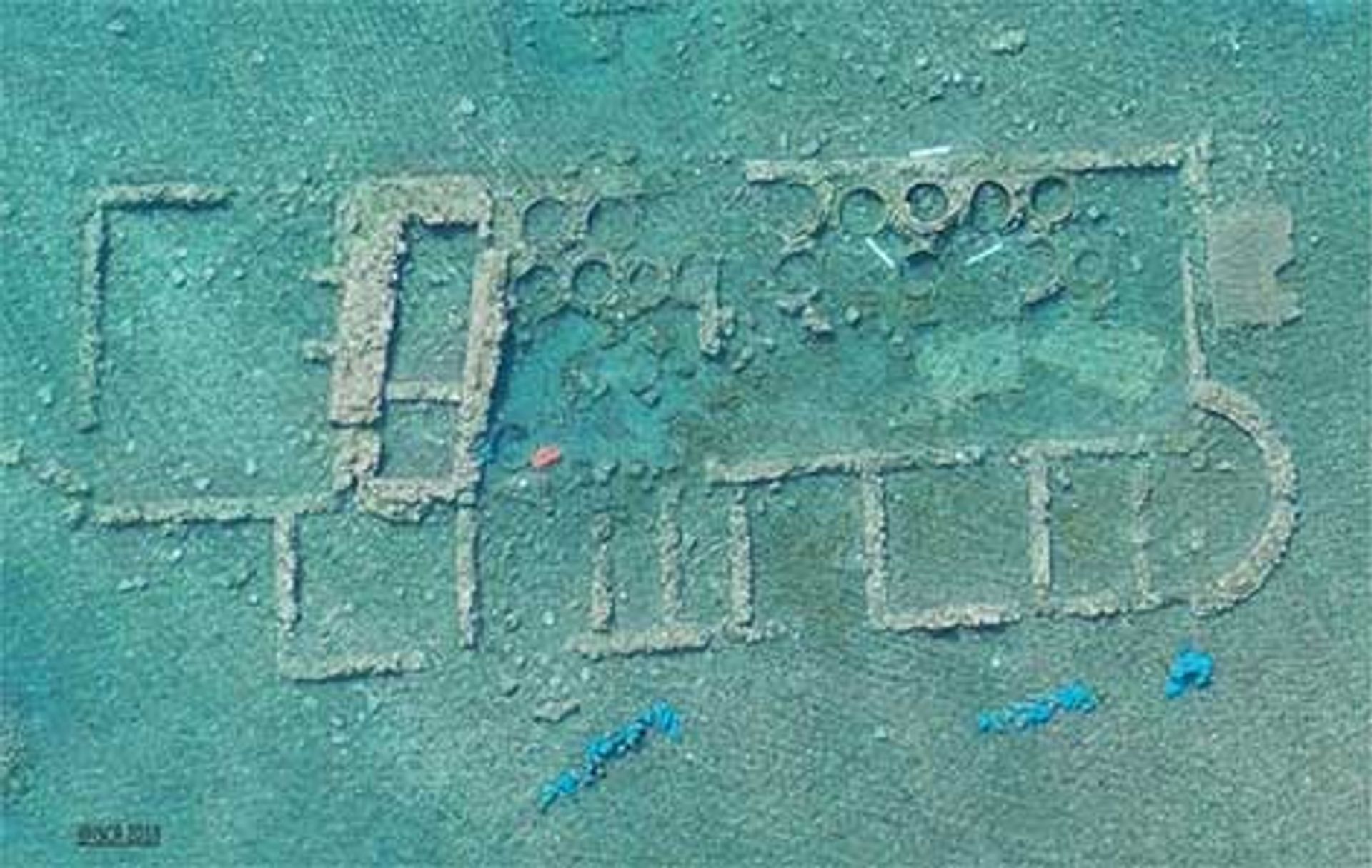
Courtesy Triquetra Project. Photo: © ISCR
Epidaurus, Greece
Once a small town from the 12th century BC, the sunken city of ancient Epidaurus on the Argolis Peninsula is today one of the most spectacular underwater archaeological sites in the world. However, it is slowly being eroded by rising sea levels and the proliferation of harmful aquatic microorganisms.
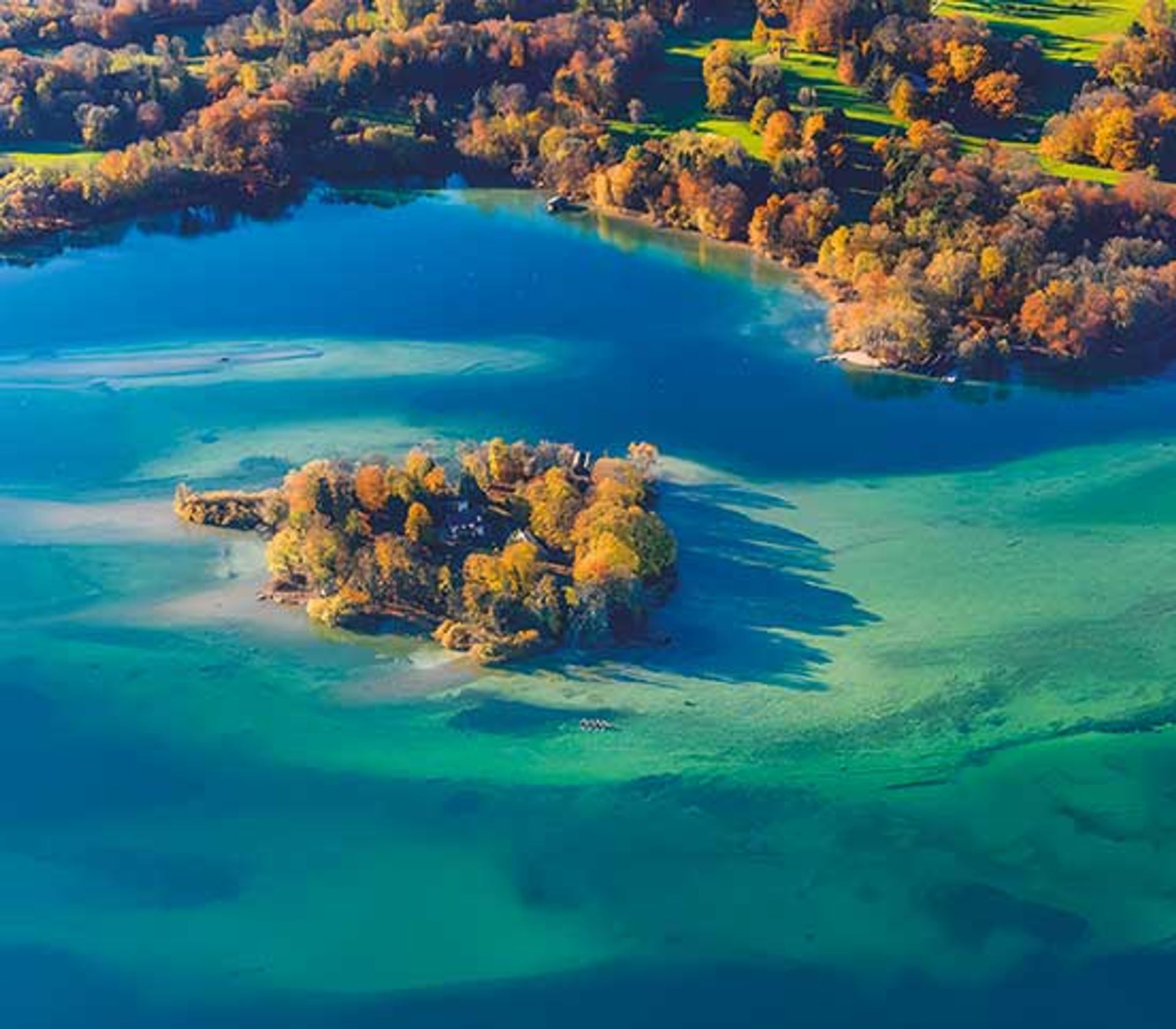
Courtesy of the Triquetra Project
Roseninsel, Germany
It is one of 111 UNESCO sites around the Alps with remains of prehistoric houses on stilts. Measuring stations have been planted in the lake to assess erosion levels and researchers are currently assessing the impact of waves, snow and ice as well as biological and chemical risks.

Courtesy of the Triquetra Project
Les Argilliez, Switzerland
The dwellings on stilts of two prehistoric villages in Argilliez are entirely submerged in a lake at a depth of 2 to 3 m and covered with a layer of pebbles. However, reduced rainfall caused the water level to drop, exposing the piles. Mussel populations also harm archeology.
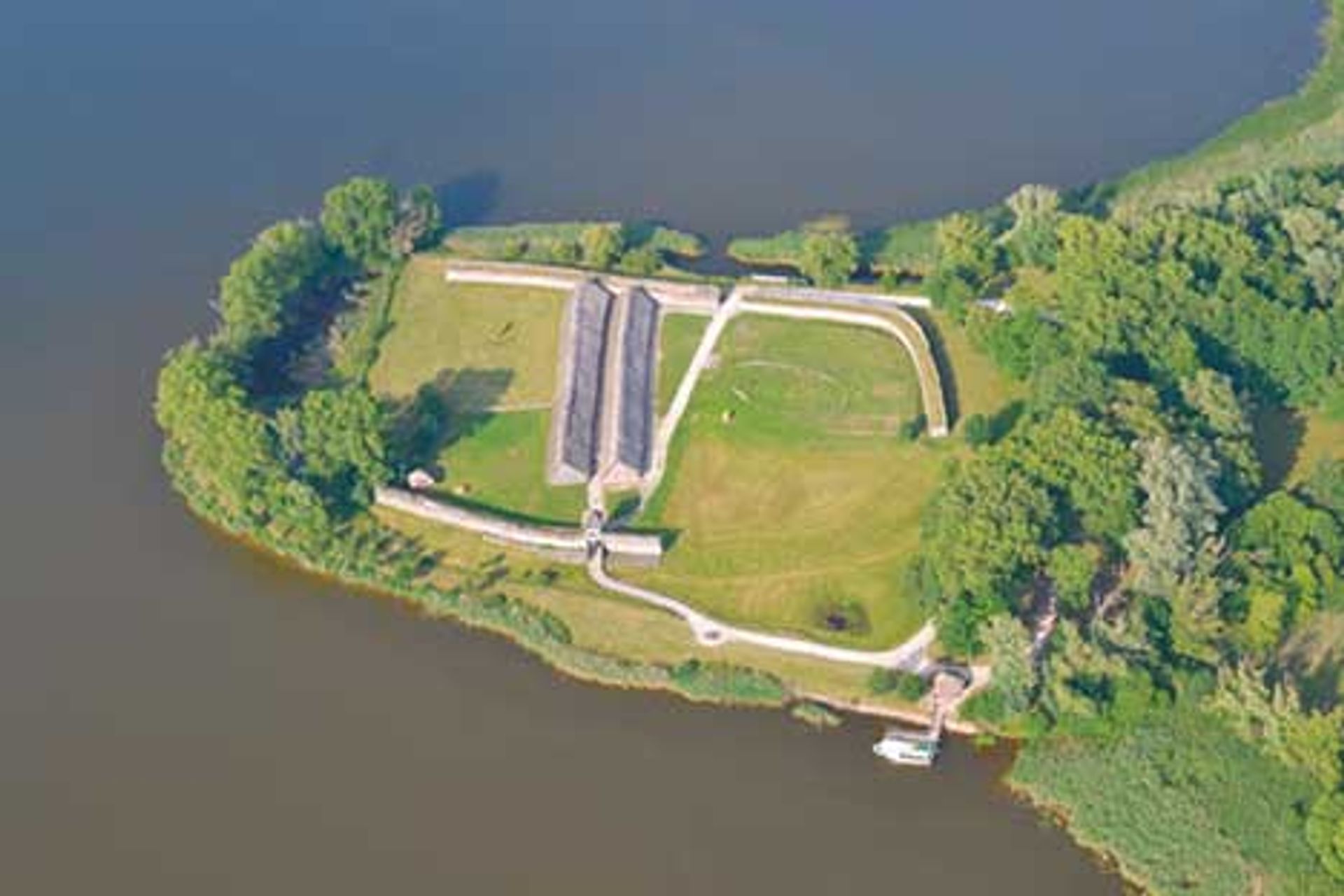
Courtesy of the Triquetra Project
Smuszewo, Poland
A Bronze Age settlement is located at the bottom of a post-glacial valley now filled with two lakes. Fluctuating water levels, due to both decreased rainfall and farmers’ attempts to irrigate surrounding land, damage the site’s wooden structures.


